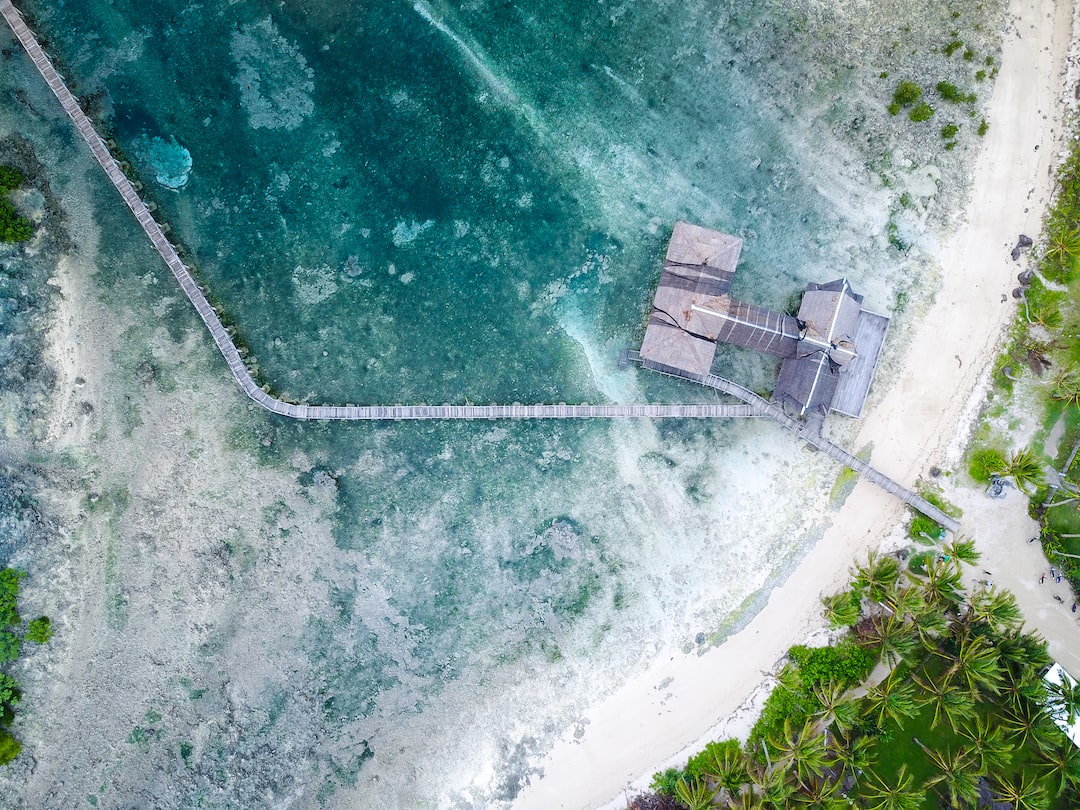Creating a Wildlife-Friendly Garden: Tips and Ideas
A wildlife-friendly garden not only adds beauty to your surroundings but also provides a haven for various forms of wildlife. By designing your garden to cater to the needs of birds, butterflies, bees, and other creatures, you can contribute to conserving local biodiversity. With careful planning and the right selection of plants, you can transform your garden into a thriving ecosystem. One beautiful and versatile plant that can enhance the wildlife appeal of your garden is the petunia trailing.
When creating a wildlife-friendly garden, it is essential to choose native plants that provide food, shelter, and nesting sites for local wildlife species. Native plants have evolved with the local ecosystem and are adapted to the specific needs of native wildlife. Incorporating these plants into your garden will attract a variety of insects, birds, and other animals. The petunia trailing, with its rich nectar reserves, attracts butterflies and hummingbirds, making it an excellent addition to a wildlife-friendly garden.
To attract butterflies and hummingbirds, position petunia trailing plants in sunny areas where they can receive maximum sunlight. The vibrant colors of the petunia flowers, including shades of purple, pink, and white, will act as a visual cue for these species. Creating a diverse range of nectar-rich plants, such as petunias, will ensure a continuous food source for visiting wildlife.
Another crucial aspect of wildlife-friendly gardening is providing suitable habitats for nesting and shelter. Incorporate low-growing plants, such as the petunia trailing, as groundcovers beneath larger shrubs or trees. These plants act as protective cover for ground-dwelling birds and insects. Additionally, consider leaving a portion of your garden untouched, creating a wilder area with native grasses and wildflowers. This will provide hiding spots and nesting sites for small mammals, birds, and insects.
When maintaining a wildlife-friendly garden, it is vital to avoid pesticides and synthetic fertilizers. These chemicals can harm beneficial insects, birds, and other animals. Instead, opt for organic methods of pest control and natural fertilizers. By keeping your garden free from toxic chemicals, you create a safe environment for wildlife.
Water features, such as ponds or birdbaths, can also greatly enhance the appeal of your garden for wildlife. Place shallow dishes with water in different locations to provide drinking and bathing spots for birds, butterflies, and bees. Not only will they benefit from the water source, but you can also enjoy watching their activities around your garden.
In conclusion, creating a wildlife-friendly garden requires a thoughtful design that caters to the needs of local wildlife. Incorporating native plants like the petunia trailing, providing suitable habitats for nesting and shelter, avoiding harmful chemicals, and adding water features are all crucial aspects to consider. By implementing these tips and ideas, you can transform your garden into a haven for birds, butterflies, bees, and other creatures, contributing to the conservation of wildlife in your area.

